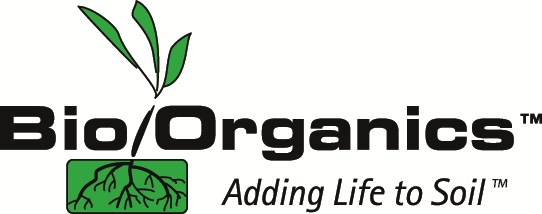Organic Orchard
As part of our organic conversion we will be establishing an orchard. Again, the goal will be primarily as a demonstration for organic growing methods. Our efforts will met with great challenge as according to the USDA there are currently only 130 acres of organic apple trees grown in Pennsylvania. There appear to be a number of reasons for this low amount. First, pest management is much more difficult in this region than in the west. There are many more pests to contend with and the weather fluctuations year to year are more extreme, which may bring different challenges each year. Second, as orchards have begun to use and rely on a chemical regime that has been effective in eliminating pests, they are less willing to try biological methods. They know the synthetic chemicals generally work. Although they are often destroying the natural predators of the pests and often have to use more and more chemicals each year, to date synthetics have been a financial success for most orchards. There is growing consumer demand for organics, but it is still very small and the orchards using chemicals know their crops will be successful and meet the current market demand.
We are working with Michael Phillips (The Holistic Orchard, The Apple Grower (www.herbsandapples.com)) to plan the optimal demonstration orchard. Tree selection will be very important as well conditioning the soil. We are going to add a number of trees each year. Our first step in the soil conditioning is the rye planting we mentioned. This combined with compost as well as our Micronized Endomycorrhizal Inoculant should help to build up the organic matter and biological diversity by spring. In spring we will try to plant a portion of the orchard even though the land may not be optimal based on the history and current low organic matter. Nevertheless, we have confidence in the ability of our mycorrhizae products to enhance the soil and will add more of the Endomycorrhizal Inoculant at that time (one teaspoon per tree). It will be interesting to measure the trees planted this year versus the trees planted in future years when we have been able to build up the soil more.
We are very excited to demonstrate the abilities of organics in this region and look forward to rebuilding the soil. The current soil condition is actually not the biggest issue. It is the overwhelming deer population. It has gotten to the point where there a many dead deer carcasses by the roads from car collisions. Unfortunately we are going to have to build a fence, but it would be great to hear any novel approaches to deer control.
Good Growing,
Graham Phillips
BioOrganics
